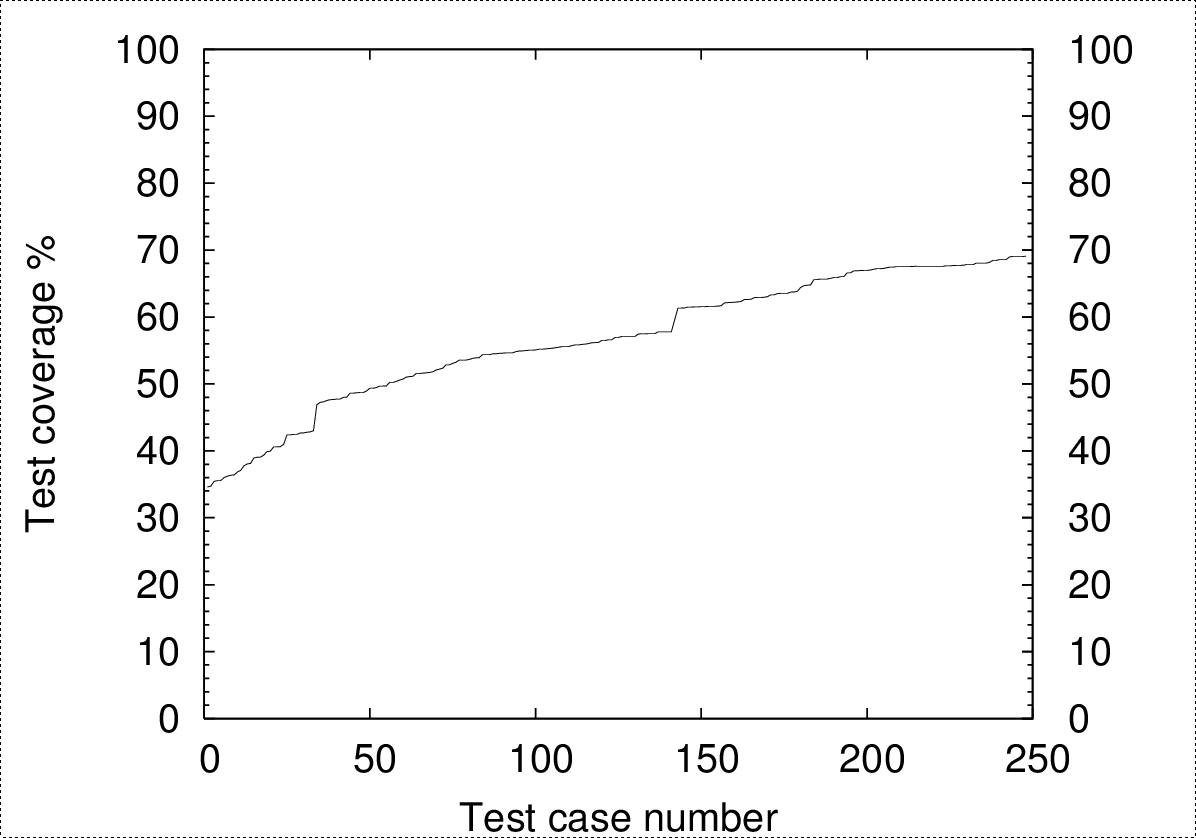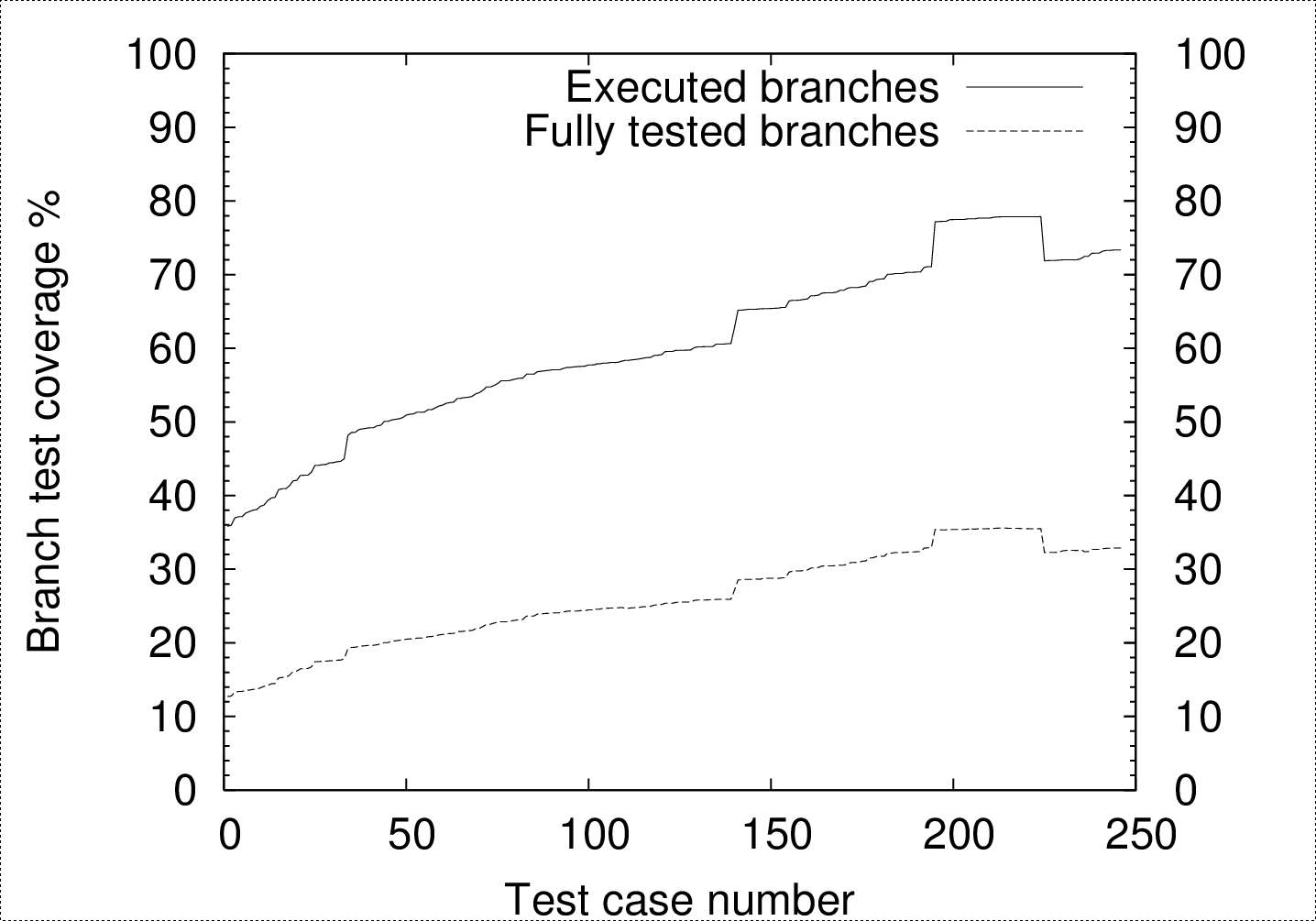Coding Bootcamp: Testing theory
Definition
Dynamic verification that the program has the
expected behevior
in a suitably selected final set of test cases
(Others also consider static analysis as a testing activity.)
Terminology
- Verification: Are we correctly implementing the software?
- Validation: Are we implementing the right software?
- A fault leads to a
- failure
Levels of testing
- Unit Testing
- Component Testing
- Integration Testing
- System Testing
- Acceptance Testing
- Alpha Testing
- Beta Testing
Testing by goal
- Acceptance testing
- Installation testing
- Alpha/beta testing
- Regression testing
- Performance testing
- Stress testing
- Recovery testing
- Interface testing
- Configuration testing
- Usability testing
Useful testing techniques
- Ad hoc
- Exploratory
- Extreme values
- Random values
- Cover control paths
- Cover data paths
- Guess probably mistakes
Useful testing data
- Fault history
- Fault categories
- Ratio of faults to code volume
- This can be used to
- Determine reliability from failures
- Finish testing based on assumed reliability
Judging testing progress
- Based on test coverage
- Based on finding injected faults
Testing practices
- Testing succeeds when it finds faults
- Establish test process and guidelines
- Documentation
- Test-driven development (TDD)
- Internal or through external team
- Integration based on risk analysis
Testing activities
- Test plan
- Test cases
- Testing environment
- Test execution
- Test result evaluation
- Issue reporting
- Issue management
- Test harnesses
- Test generators
- Fuzzers
- Record and replay tools
- Difference analyzers
- Testing frameworks
- Test coverage analyzers
- Unit test execution frameworks
- Static analyzers
- Regression testers
- Tracing tools
- Stress generators
Example: Test coverage analysis with gcov
1 if (*++argv && !strcmp(*argv, "-n")) {
###### ++argv;
###### nflag = 1;
}
else
1 nflag = 0;
3 while (*argv) {
2 (void)printf("%s", *argv);
2 if (*++argv)
1 putchar(' ');
}
1 if (!nflag)
1 putchar('\n');
1 exit(0);
Example: Statement coverage (Perl)

Example: Branch coverage (Perl)


This work is licensed under a Creative Commons Attribution-NonCommercial-ShareAlike 4.0 International License.



